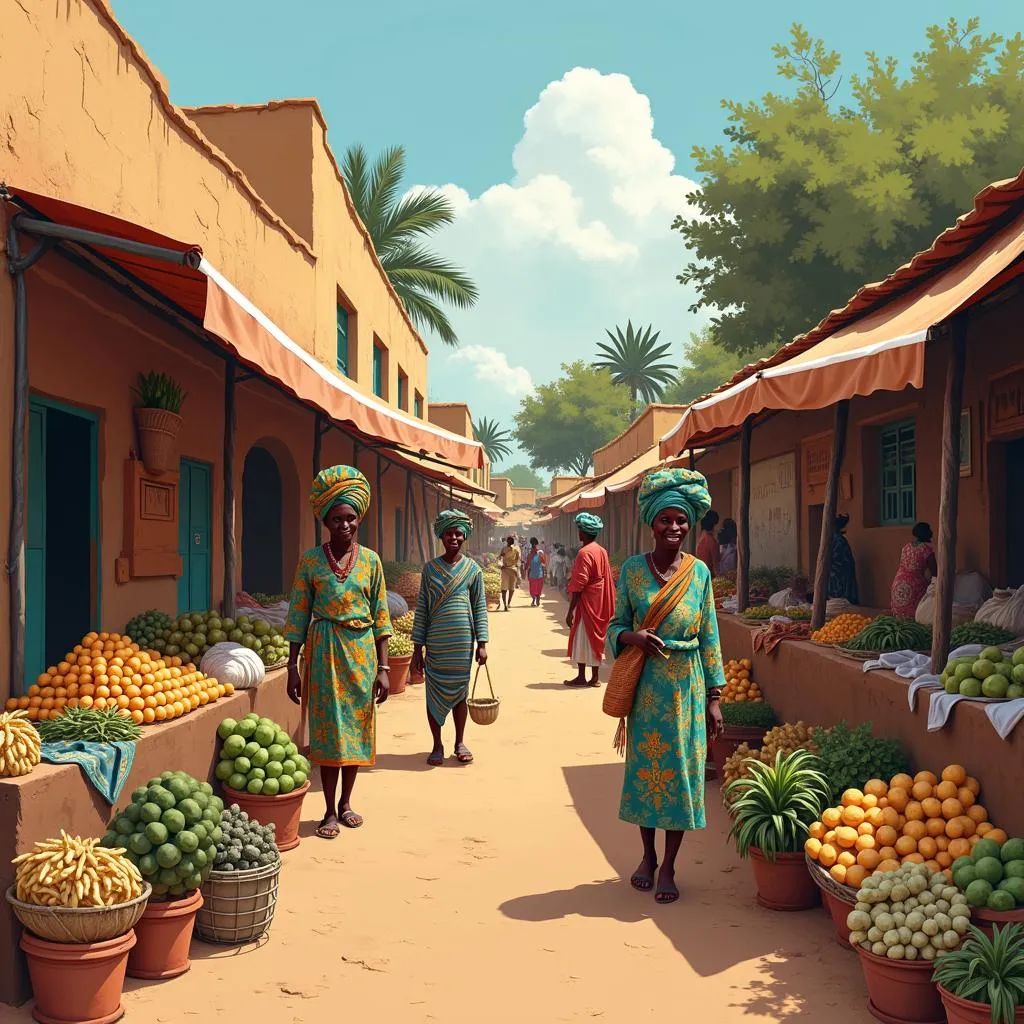African Antelopes: A Majestic Group
African antelopes are a diverse group of ungulates, gracing the savannas and forests of the continent. Their beauty, agility, and unique adaptations make them a captivating subject for wildlife enthusiasts and researchers alike. This article delves into the fascinating world of African antelopes, exploring their diverse species, ecological roles, and the conservation challenges they face.
Unveiling the Diversity of African Antelopes
Africa is home to an astounding array of antelope species, each with unique characteristics and adaptations. From the majestic eland, the largest antelope, to the diminutive royal antelope, smaller than a rabbit, the diversity within this group is truly remarkable. Their varied sizes, horn shapes, coat patterns, and social structures reflect their adaptation to different habitats and ecological niches. Understanding this diversity is key to appreciating the intricate web of life within African ecosystems.
The spiral-horned antelopes, such as the kudu and bushbuck, navigate dense forests with grace, while the long-legged gazelles and impalas thrive in open grasslands. The waterbuck, with its shaggy waterproof coat, is well-suited to riparian habitats, and the klipspringer, with its specialized hooves, nimbly traverses rocky terrain.
The Ecological Role of African Antelopes
African antelopes play a crucial role in the ecological balance of their habitats. As herbivores, they are a vital link in the food chain, converting plant matter into energy for predators such as lions, leopards, and cheetahs. They also influence vegetation structure through grazing and browsing, shaping the landscape and creating habitats for other species. Their presence contributes to nutrient cycling and seed dispersal, further enriching the ecosystem.
Their dung fertilizes the soil, promoting plant growth, and their movements help distribute seeds across the landscape. Moreover, their grazing patterns can influence fire regimes, impacting the overall structure and composition of vegetation communities.
Conservation Challenges Facing African Antelopes
Despite their adaptability and resilience, many African antelope species face significant conservation challenges. Habitat loss due to human encroachment, agriculture, and infrastructure development is a major threat. Poaching for meat and horns also poses a serious problem, particularly for species with high commercial value. Climate change, with its associated droughts and altered rainfall patterns, further exacerbates these threats.
Protecting these magnificent creatures requires a multi-pronged approach. Establishing and managing protected areas is crucial for preserving their habitats. Combating poaching through effective law enforcement and community engagement is essential. Addressing the root causes of habitat loss and promoting sustainable land management practices are also key to their long-term survival.
What is the significance of African antelopes in the ecosystem?
African antelopes play a vital role as both prey and grazers, shaping the ecosystem and influencing vegetation dynamics.
The Future of African Antelopes
The future of African antelopes depends on our collective efforts to conserve these remarkable animals and their habitats. By understanding their importance, addressing the threats they face, and implementing effective conservation strategies, we can ensure that these majestic creatures continue to roam the African landscape for generations to come. Supporting research, promoting sustainable tourism, and raising awareness are all essential components of ensuring a future where African antelopes continue to thrive.
Conclusion
African antelopes, a magnificent group, represent the beauty and biodiversity of the African continent. Their diverse adaptations, ecological significance, and the conservation challenges they face are intertwined with the health and future of African ecosystems. By understanding and addressing these issues, we can work towards a future where these iconic animals continue to thrive.
FAQ
- What is the largest antelope species in Africa? The eland.
- What is the smallest antelope species in Africa? The royal antelope.
- What are the main threats to African antelopes? Habitat loss, poaching, and climate change.
- How can I contribute to antelope conservation? Support conservation organizations, promote sustainable tourism, and raise awareness.
- Where can I see African antelopes in their natural habitat? National parks and game reserves across Africa.
- What are some examples of spiral-horned antelopes? Kudu and bushbuck.
- What is the role of antelopes in the food chain? They are a primary food source for predators.
Commonly Asked Questions
What are the different types of horns found on African antelopes?
Further Reading & Related Articles
Explore more about specific antelope species, their habitats, and conservation status.
When you need assistance, please contact us via Phone: +255768904061, Email: [email protected], or visit our address: Mbarali DC Mawindi, Kangaga, Tanzania. We have a 24/7 customer service team.


